Air quality is a public health priority
There is an increasing consensus that air quality and its effects on health is one of the biggest public health issues facing the UK. This dovetails with an increasing understanding of the dangers of climate change.
There is an acceptance that the two issues are intrinsically linked both in their causes and their impacts on communities, particularly the most vulnerable, and the need for a long-term campaign to educate and inspire change.

Date
September 2022 - July 2023
Client
Hertfordshire County Council
Scope of work
- Behavioural diagnosis
- Brand development & visual identity
- Campaign development & activation
- Evaluation and framework creation
- Training and toolkit development
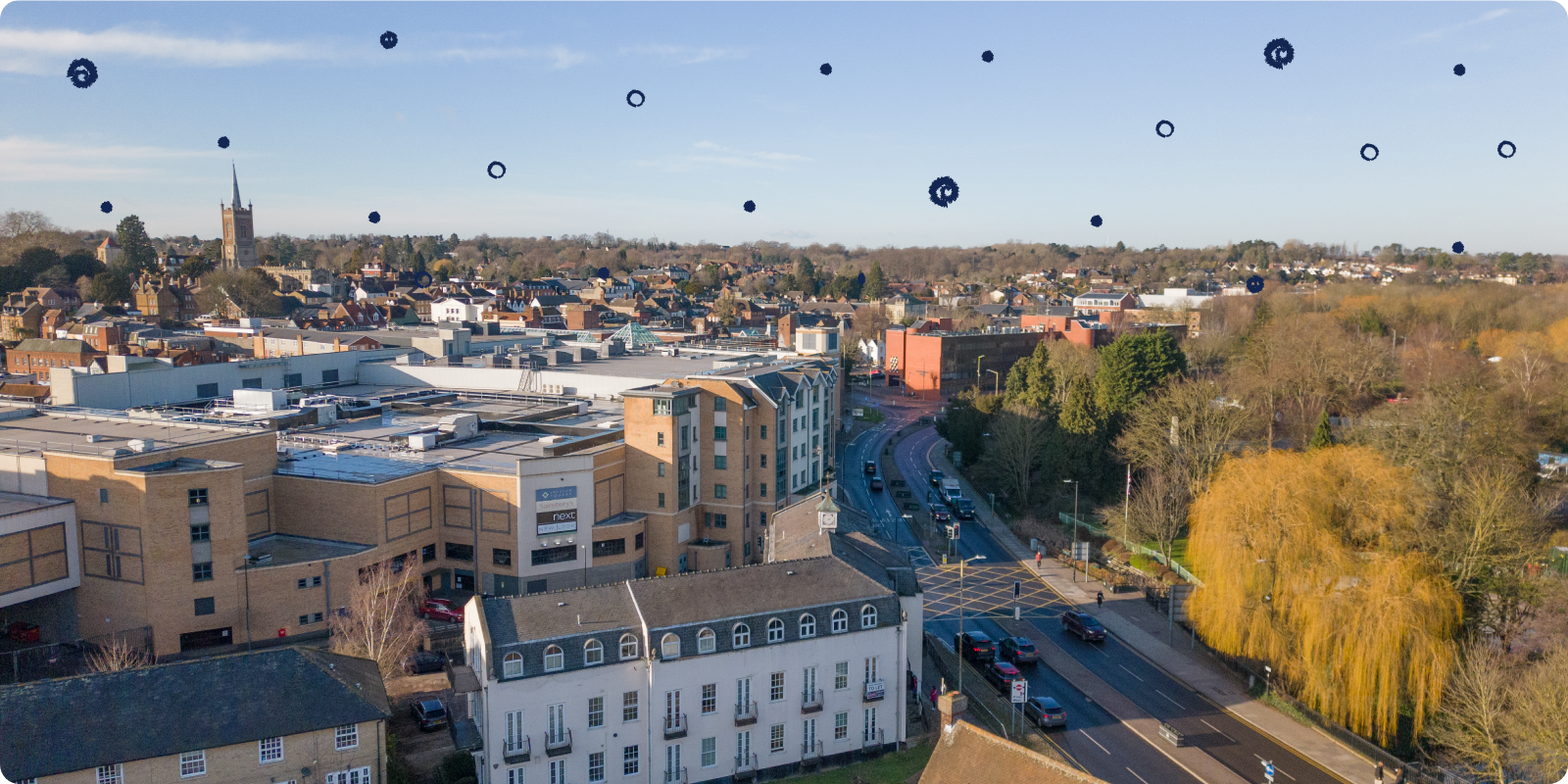
What we did
As part of a programme of works to address the impact of air quality on residents, particularly the more vulnerable, Magpie worked with Hertfordshire council to develop a long-term communications campaign connected by a shared creative concept to educate residents about the dangers of poor air quality and empower positive action.
Let’s Clear the Air promoted positive behavioural changes around domestic solid fuel burning, transport mode and travel planning, and vehicle idling.
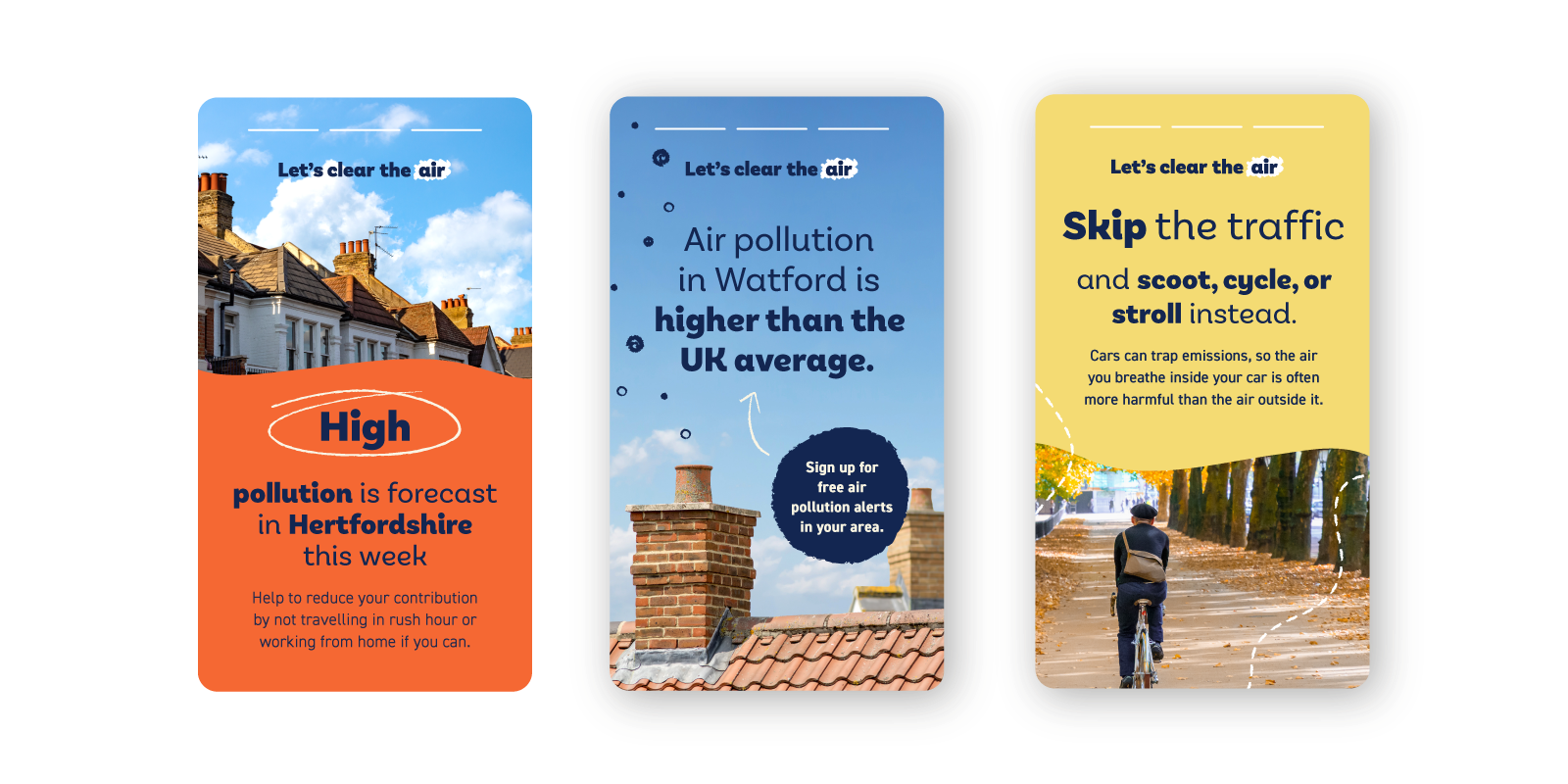
Working in collaboration with key stakeholders we developed a strong creative campaign, with behavioural change at its core. Through a comprehensive COM-B analysis, which led the way for all campaign messaging and activities, we built a clear picture of how we could affect and influence genuine change among the Hertfordshire population.
We found that awareness of indoor and outdoor air pollution throughout the region was low, with residents having very little understanding of the harmful health implications of low air quality. Residents didn’t know how to reduce their exposure to – and contribution to – low air quality. We were presented with a significant opportunity to educate residents and to empower them to drive positive change in their communities. We knew from our COM-B analysis that messaging should communicate the wider benefits of reducing air pollution, including improvements in health as well as financial savings.
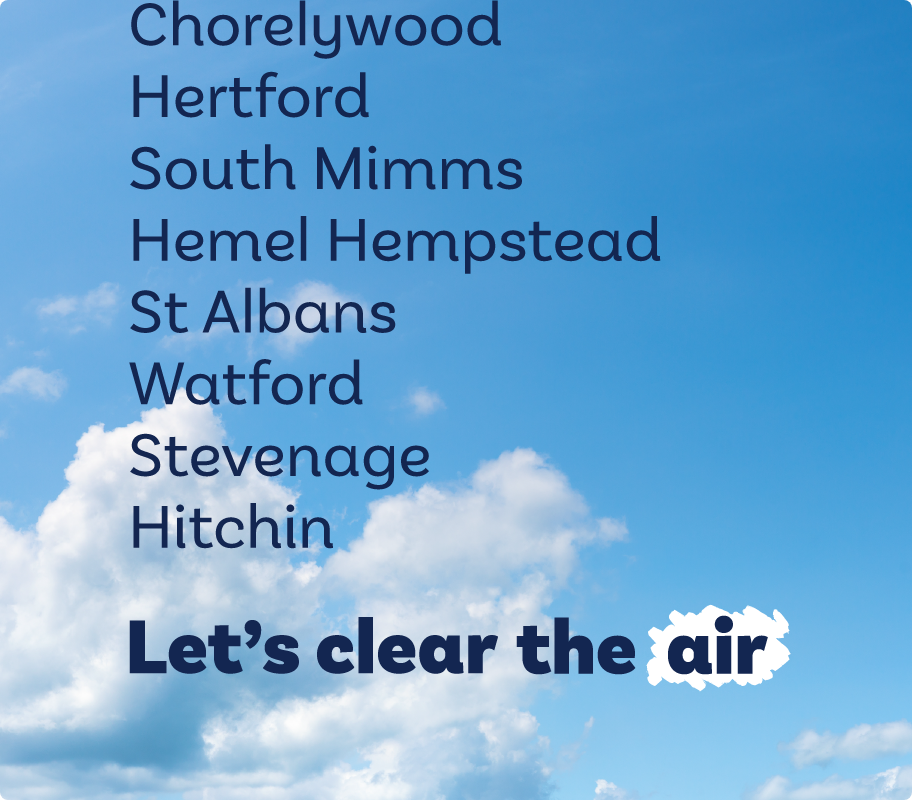



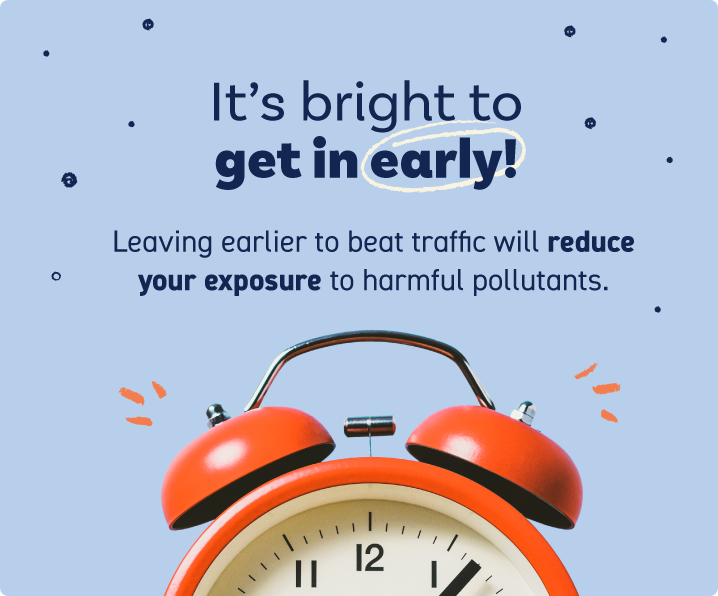
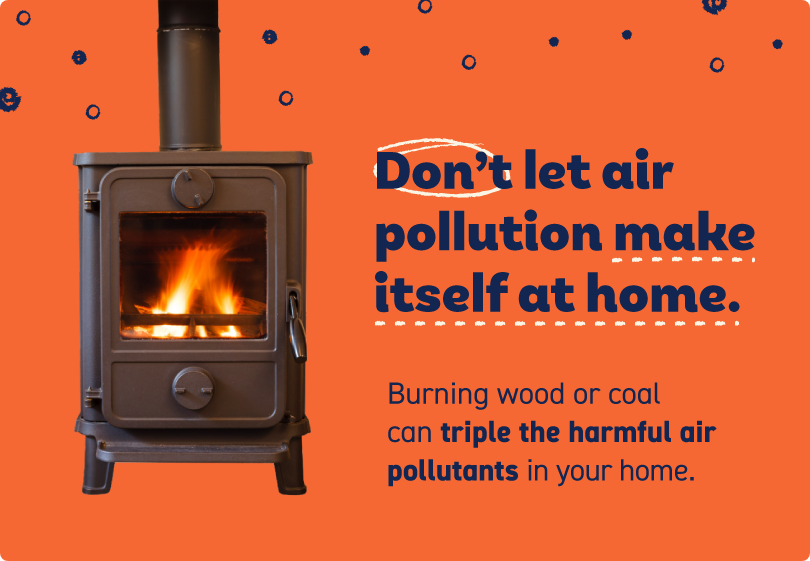

We adopted a multi-channel approach including out of home advertising in the form of bus backs, and digital advertising through Facebook display, Google search and Google display.
Through community networks Let’s Clear the Air targeted communications to vulnerable groups through toolkits for school and neonatal teams, including a campaign animation. The campaign also focused on targeting large cohorts where contribution to air pollution reduction can be made; for example through encouraging Stevenage FC fans to travel to games on foot or by public transport.
The campaign is currently undergoing a full campaign evaluation including a pre/post survey, secondary data analysis and case studies which will feed into the overall DEFRA final project submission.
Campaign process
Poor air quality is the largest environmental risk to public health in the UK. Awareness of the health impacts of exposure to air pollution is low, both in the general population and within groups more vulnerable to its effects.
The local context
Hertfordshire’s levels of particulate matter and the percentage of the population living in Air Quality Management Areas are higher than England averages. This is reflective of its highly congested road and rail networks, proximity to London and location in the South East of England where it is exposed to large air masses from the continent containing higher pollution levels.
Understanding air pollution
A literature review of the interdisciplinary academic and non-academic research on air quality engagement gave the campaign its grounding in behavioural theory. A survey was also developed for residents in Hertfordshire, to provide additional evidence for the behavioural diagnosis and to develop the behaviour change campaign.
Behavioural diagnosis
-
Reducing personal exposure to air pollution
-
Increasing engagement with air quality monitors and information
-
Reducing contribution to air pollution
Developing a strategic campaign
A campaign strategy was developed, based on psychosocial predictors of behaviour change and engagement with clean air. The campaign messaging framework focused on reducing exposure and reducing contributors with the health impact of air pollution cutting across all communications.
Learning from the pilot campaign
The main campaign
Campaign activity ran from January 2023 to July 2023 with a multi-channel approach. Campaign output began with a stakeholder launch pack, then rolled out to a paid digital campaign, utilising Facebook, Instagram and Google ads with target creative relevant to each area.
Other campaign activity included bus advertising, face to face activity through a ‘Let’s clear the air’ tour and engagement with key community partners such as schools, community groups and sports teams, and local businesses.
Evaluation and stakeholder engagement
A core evaluation aim was to measure the impact of the campaign amongst residents and a pre/post survey was utilised. We found that after the campaign:
- Participants beliefs about the impacts of air pollution were stronger, particularly in relation to it impacting them personally.
- More participants identified a wider range of contributors to air pollution, this suggests their knowledge about causes of air pollution improved.
- Participants’ knowledge about how exposed they are to air pollution increased
- Participants reported knowing where to check information about air pollution improved after the campaign.
Campaign impact
424,000
Campaign reached over 424,000 people during the campaign period
91,756
The campaign achieved 91,756 clicks through to the website from our targeted digital advertising campaign
77%
A 77% increase of sign ups to the air quality alert system
See more projects:

Reducing the demand of Brachycephalic dog breeds
Using creative behaviour change to transform pet ownership
Read more
Walk Away
A project to support violence reduction in the night time economy. Research showed that using the power or peer-to-peer intervention could help make nights out safer for everyone.
Read more


